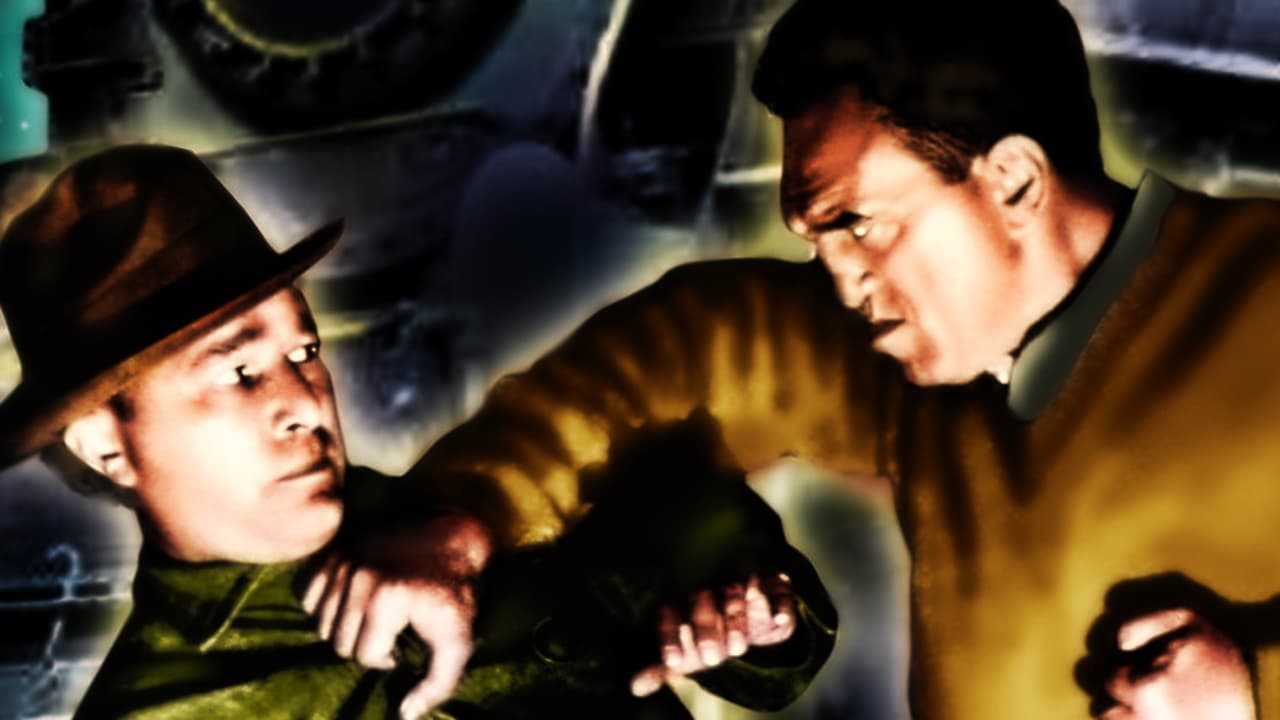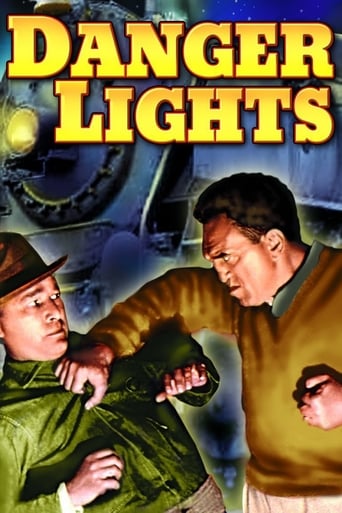

One of the best films i have seen
... View MoreIt is not only a funny movie, but it allows a great amount of joy for anyone who watches it.
... View MoreMostly, the movie is committed to the value of a good time.
... View MoreThe movie's not perfect, but it sticks the landing of its message. It was engaging - thrilling at times - and I personally thought it was a great time.
... View MoreTurner Classic Movies just aired this movie as part of their tribute to 'Star of the Month' Jean Arthur. I have to confess that before watching this movie I was not familiar with any of the actors in the cast. I really enjoyed the film. It takes you to a time of Depression America and the struggles made by many Americans in that era. Railroading in America with it's old steam locomotives plays a prominent role in the picture. I would have to say it's one of the best films on the subject I've ever seen. A snapshot of history at the time. I particularly enjoyed Jean Arthur in her role. I recommend the movie to people who like not only railroading adventure but a good love story.
... View MoreEntertaining yarn about tough railroad man Dan Thorn (Louis Wolheim), really quite a decent guy in spite of his rough exterior - he seems to help all around him, including his sweet and pretty girlfriend Mary (Jean Arthur) and her father. A new guy recently down-on-his-luck, Larry Doyle, comes to work at the rail yard, thanks to Dan - but when Larry meets Mary - sparks fly. But Mary wants to remain loyal to Dan, who apparently has taken care of her and her father since she was a child - not to mention her dad is completely gung-ho for her to marry Dan.This is a very good film, with interesting plot line and exciting action scenes, plus lots of well-done, scenic shots of the running trains and railroad yards filmed on location. Louis Wolheim is an appealing actor, I have enjoyed his performance in every film I have seen of his. The romance between Mary and Larry is well played out by the two actors and comes across as realistic. A strong, engaging film, well worth seeing.
... View MoreCheck out the Jean Arthur the Hottie of 1930. Do not like her as much as brunette. However, she can play with my train set anytime. The photos of 1930 Chicago are outstanding. Gone are the old Union Station, the Washington St bridge over the tracks. The only thing that I can say that still exists is the old Civic Opera House. I still do not understand how the railroad people thought that they could convince the public that trains could be a fast as planes. The second best train movie is the Silver Streak Movie of 1934. The Burlington Northern did have an excellent concept for a streamline train. Again, they could never compete with jets.
... View MoreThis is the very best movie for shots of the railroad scene circa 1930. Reportedly contains the only existing film of a dynamometer. Wonderful shots of steam engines. Amazing tug of war between steam locomotives at the Old Timers Picnic. Exciting 100 MPH race to Chicago. This is a must for railroad fans. The old-fashioned acting is quite different than that of effete modern Hollywood. Louis Wolheim is quite the antidote for your basic 20-year-old hermaphroditic hero!
... View More